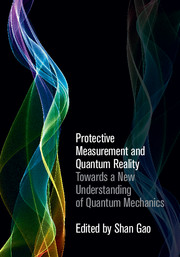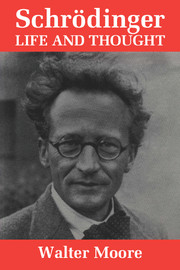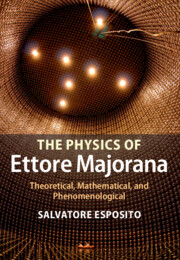Ettore Majorana contributed several ideas that have had a significant, lasting impact on condensed matter physics, broadly construed. In this chapter I will discuss, from a modern perspective, four important topics that have deep roots in Majorana's work.
1. Spin response and universal connection: In paper N.6, Majorana considered the coupling of spins to magnetic fields. The paper is brief, but it contains two ingenious ideas whose importance extends well beyond the immediate problem he treated, and should be part of every physicist's toolkit. The first of those ideas is that, having solved the problem for spin 1/2, one can deduce the solution for general spins by pure algebra. Majorana's original construction uses a rather specialized mathematical apparatus. Bloch and Rabi, in a classic paper [62], brought it close to the form discussed in Section 14.1. Rephrased in modern terms, it is a realization – the first, I think, in physics – of the universality of non-Abelian charge transport (Wilson lines).
2. Level crossing and generalized Laplace transform: In the same paper, Majorana used an elegant mathematical technique to solve the hard part of the spin dynamics, which occurs near level crossings. This technique involves, at its center, a more general version of the Laplace transform than its usual use in constant-coefficient differential equations. Among other things, it gives an independent and transparent derivation of the celebrated Landau–Zener formula for non-adiabatic transitions. (Historically, Majorana's work on the problem, and also that of Stückelberg [75], was essentially simultaneous with Landau's [73] and Zener's [74].) Majorana's method is smooth and capable of considerable generalization. It continues to be relevant to contemporary problems.
3. Majorana fermions: from neutrinos to electrons: Majorana's most famous paper N.9 concerns the possibility of formulating a purely real version of the Dirac equation. In a modern interpretation, this is the problem of formulating equations for the description of spin-1/2 particles that are their own antiparticles: Majorana fermions. Majorana's original investigation was stimulated in part by issues of mathematical esthetics, and in part by the physical problem of describing the then hypothetical neutrino.




